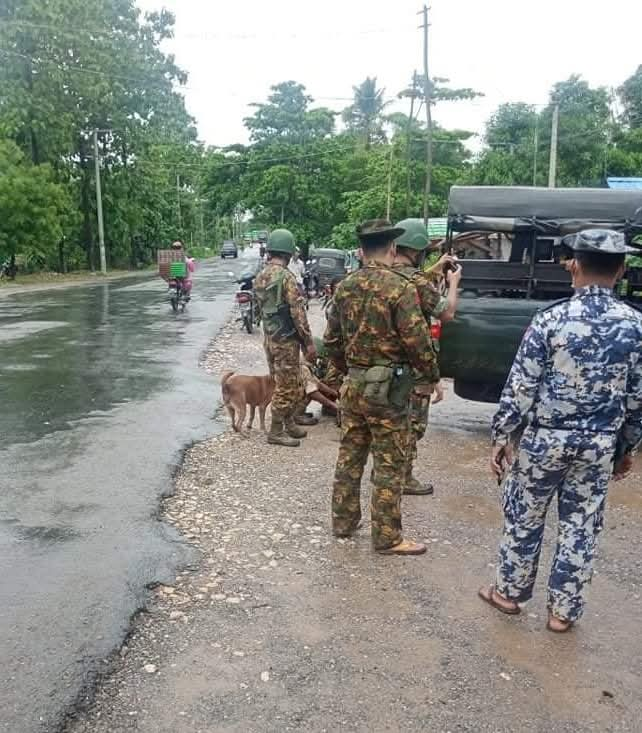
Cross-validation is a crucial technique in machine learning for assessing how a statistical analysis will generalize to an independent dataset.
It’s primarily used for validating models in different scenarios, ensuring that the performance measured is more robust and less likely to overfit. Below are some common cross-validation techniques:









### 1. **k-Fold Cross-Validation**
In k-fold cross-validation, the dataset is divided into `k` equally sized subsets or folds. The model is trained on `k-1` folds and tested on the remaining fold. This process is repeated `k` times, each time with a different fold as the test set. The overall performance is then averaged across all `k` trials.
### 2. **Stratified k-Fold Cross-Validation**
This variation of k-fold cross-validation ensures that each fold is representative of the overall distribution of the target variable. It’s particularly useful in classification problems where the class distribution may not be uniform.
### 3. **Leave-One-Out Cross-Validation (LOOCV)**
In LOOCV, each instance in the dataset is used as a test set exactly once, while the remaining instances form the training set. This means if there are `n` instances, the model is trained `n` times, making it computationally expensive for large datasets but providing a nearly unbiased estimate of the model’s performance.
### 4. **Repeated k-Fold Cross-Validation**
This method repeats the k-fold cross-validation process multiple times, with different random splits of the data into folds, which can help to reduce variance in the performance estimate.
### 5. **Group k-Fold Cross-Validation**
This technique is applied when there are groups in the dataset that should not be split across training and test sets (for example, where data points belong to the same subject). The folds are made by ensuring that the same group is not present in both the training and test sets.
### 6. **Time Series Cross-Validation**
For time series data, traditional cross-validation techniques may not apply because they can cause information leakage. Instead, time series cross-validation involves training on past data and evaluating on future data, often using techniques like rolling-window or expanding-window cross-validation.
### 7. **Nested Cross-Validation**
Nested cross-validation is used for hyperparameter tuning and model evaluation and consists of two levels of cross-validation. The outer loop is used for model evaluation, while the inner loop is used for hyperparameter tuning. This method provides a more reliable estimate of model performance.
### 8. **Monte Carlo Cross-Validation**
This method involves randomly splitting the dataset into training and testing sets multiple times. The performance is averaged over these different iterations, allowing for a measure of model performance without the constraints of fixed fold sizes.
### Summary
The choice of cross-validation technique often depends on the specific characteristics of the data and the problem at hand. Utilizing these techniques helps to ensure that machine learning models are robust, generalize well to unseen data, and do not overfit the training set.


Leave a Reply